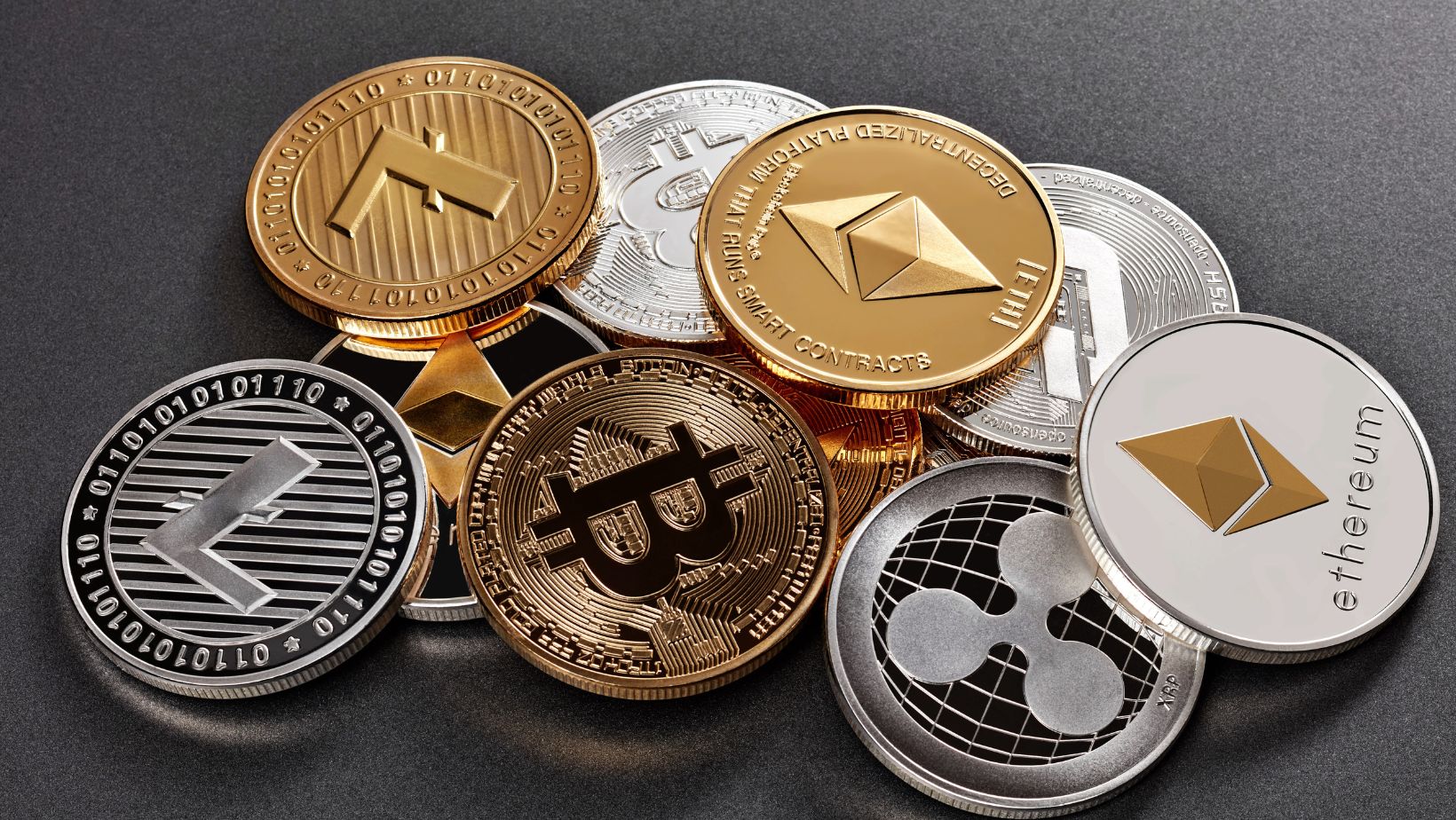Managing cryptocurrency takes more than just watching charts. The space moves fast, and staying ahead often means using tools that make sense of it all. AI has started to play a steady role in this. Not in a flashy way, but more as background support: quiet, consistent, and often overlooked.
Some use it for trading, while others rely on it to keep their wallets safe. And many don’t even realize AI is part of the services they use daily. But it’s there, helping to clean up the noise and reduce the pressure of watching the market nonstop.
The impact of AI is also visible in gambling. The best crypto casinos now use AI to smooth out gameplay, detect odd behavior, and adjust what users see based on how they play. For players, it feels natural. But behind the scenes, it’s data and pattern tracking that keep things working the way they should.
It Watches The Market When You Can’t
Most crypto holders don’t have time to monitor every move. The market is open all the time, and even when you sleep, prices shift. AI tools help by watching prices move, checking volume shifts, and keeping tabs on what traders do across different platforms.
Some people set up alerts this way. When a coin tanks or shoots up fast, they get pinged. Others go further and use bots to grab small trades when things get active. These setups work best when you feed them clean data and set tight limits.
More advanced tools also scan news, tweets, and forum posts to see what people are talking about. A token might be quiet one day, then appear in dozens of posts the next. That often means something is coming. AI spots the buzz early and turns it into signals before prices fully react.
Spotting Trouble Before It Hits
Security in crypto is always changing. New scams appear fast, and fake projects can look real until it’s too late. AI doesn’t stop everything, but it helps pick up signals that something’s off.
If a wallet starts sending funds to a known scam address, some systems will pause the transaction or send a warning. Other tools look at contract behavior and can flag when a token’s code suggests a rug pull or hidden permissions.
Exchanges use AI to stop patterns that look suspicious. That might be a group of accounts placing the same trades at the same time or a token that suddenly shows up with a fake volume spike. These are hard to spot manually, but AI tracks them without needing a break.
It Makes Tools More Useful
A wallet is just a place to store coins until you give it more power. AI adds some of that. For example, fee estimators now learn from past transactions and suggest faster settings without overpaying. Some wallets also flag links or requests that don’t look right.
Support systems on exchanges are improving too. Instead of waiting for a response, users get help from AI-driven assistants that know their transaction history and can solve basic problems in seconds. It’s not perfect, but it beats long waits for common issues.
Behind the scenes, order books adjust in real time with help from algorithms. AI keeps trading smoothly even when traffic surges, which is key when markets get busy or when a token suddenly picks up attention from a large group of traders.
It Shapes Games Without Feeling Obvious
Crypto casinos use smart contracts, but plenty happens off-chain too. AI has a hand in how games work and how they treat players. Some sites watch betting patterns to keep things fair. When someone tries cheating or bending the rules, their account gets marked before anyone else catches on.
It also watches for harmful habits. If someone starts playing too fast, at odd hours, or with changing bet sizes, the system might limit features or prompt a pause. Not all casinos do this, but the ones that care about long-term users have added these tools quietly.
AI also picks up on what players prefer. When someone shows up mostly on weekends and keeps hitting the same games, the layout shifts to match that habit. Games move to easier spots, deals line up with what they did before, and the whole thing feels right without getting stale.
It Sorts The Noise Around New Projects
There’s no shortage of coins, because most fade fast. The hard part is knowing which ones are worth attention before the rest of the market decides. AI helps here by going through whitepapers, GitHub activity, and team backgrounds. It hunts for projects that actually build stuff instead of just talking big about future plans.
Some sites give scores based on whether things are actually happening. Do the devs still post updates? Are people talking in the community? Did the team mess up before? These clues won’t promise success, but they help people avoid projects with glaring problems.
Even seasoned developers let AI check their smart contracts now. It spots known ways people attack code, tests weird scenarios, and catches bugs before anything launches. That lowers the risk for everyone who joins the platform later.
It Cuts Through The Clutter
People don’t need more data; they need clean, useful details. That’s what AI can offer when trained properly. It highlights what changed, not just what exists. If a coin jumped 15 percent, it might also tell you that 80 percent of the volume came from two wallets, which matters more.
Big investors use this at scale, watching dozens of coins across several exchanges. But smaller users benefit too. The same tools show simple dashboards with alerts based on personal holdings or watchlists. It reduces stress and gives people more control over their assets without extra hours each day.





